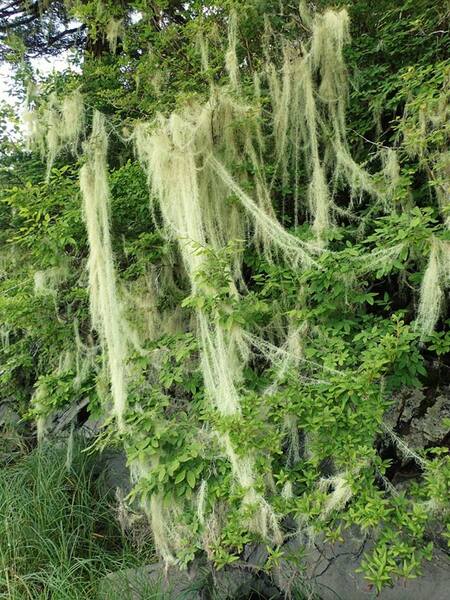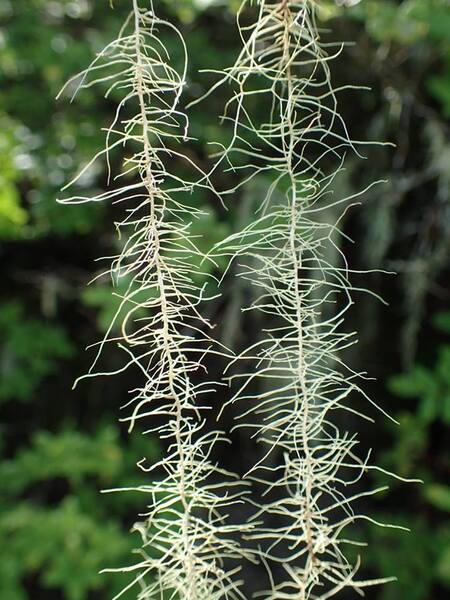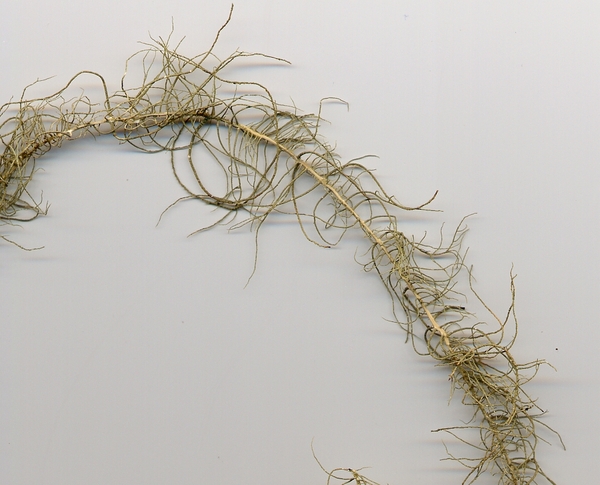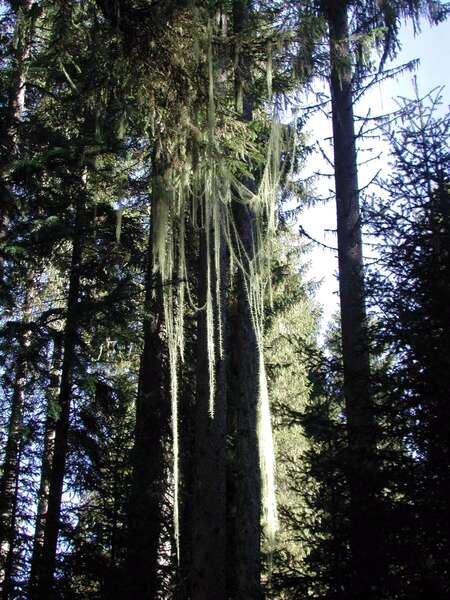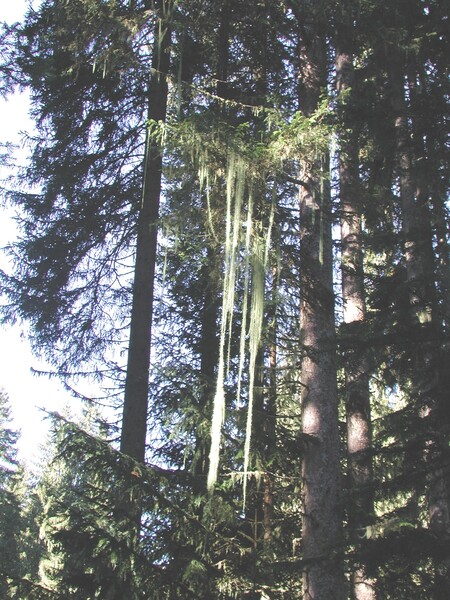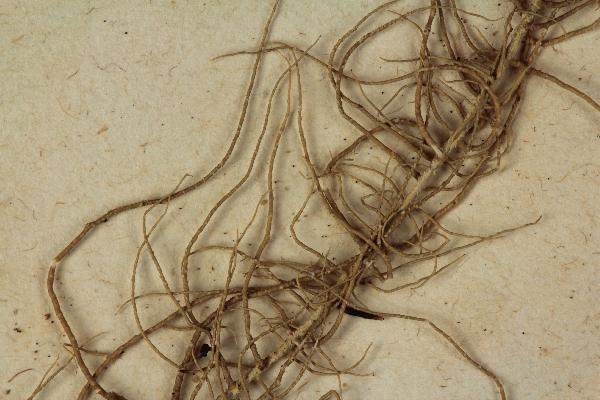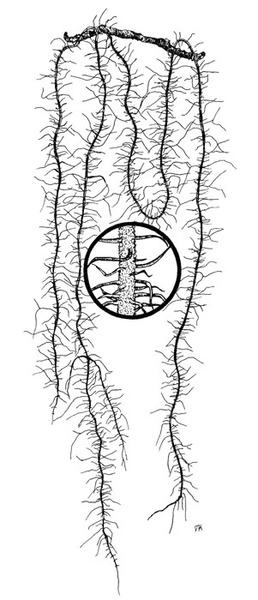Usnea longissima Ach.
Lichenogr. Univ.: 626, 1810.
Synonyms: Dolichousnea longissima (Ach.) Articus
Distribution: N - Frl (Lich. Graec. 60: Obermayer 1996, Nascimbene & Tretiach 2009), Ven (Nascimbene 2003b, 2011, Nascimbene & Tretiach 2009, Lich. Ital. Exs. 34: Isocrono & al. 2019), TAA (Nascimbene & al. 2022), Piem.
Description: Thallus fruticose-filamentous, greenish, long-pendent (up to 3 m long), branching sparsely with strongly parallel, more or less isodiametrical main branches, the base blackened but usually difficult to observe, as the thalli tend to fragment and form several attachment points on tree branches. Main branches cylindrical, 4-5 mm thick, sparingly isotomic-dichotomously divided (with parallel branches) or most frequently simple, with numerous, perpendicular, 2-5 cm long fibrils; lateral branches scarce, not constricted at attachment point, very thin and resembling fibrils. Papillae absent; isidiomorphs and soralia rarely present on side branches. Cortex thin (2-5% of total thickness), at first with annular cracks, but soon disintegrating on the primary branches, exposing the thin (6-12%), compact, white medulla; central axis very thick (69-86%), at first white but becoming pink to almost red or brown in decorticated branches, reacting I+ blue; ratio axis/medulla 4-15. Apothecia not observed in Italian material. Photobiont chlorococcoid. Spot tests: cortex and medulla K-, C-, P-; medulla I+ blue. Chemistry: cortex with usnic acid; medulla with diffractaic and evernic acids; other chemotypes have been reported from other parts of the world.Note: a mainly cool-temperate to boreal-montane species found on branches of old (mostly coniferous) trees in closed, semi-natural forests in areas with high rainfall and frequent fog, restricted to a few localities and very much declining. According to Nascimbene & Tretiach (2009) the only recently confirmed records are in two sites only, one in Veneto, the other in the Carnic Alps (Friuli); earlier records for Valle d’Aosta are likely to be due to a misidentification (Matteucci & al. 2015). It is included as “Critically Endangered” in the Italian red list of epiphytic lichens (Nascimbene & al. 2013c).
Growth form: Fruticose filamentous
Substrata: bark
Photobiont: green algae other than Trentepohlia
Reproductive strategy: mainly asexual, by thallus fragmentation
Commonnes-rarity: (info)
Alpine belt: absent
Subalpine belt: extremely rare
Oromediterranean belt: absent
Montane belt: extremely rare
Submediterranean belt: absent
Padanian area: absent
Humid submediterranean belt: absent
Humid mediterranean belt: absent
Dry mediterranean belt: absent
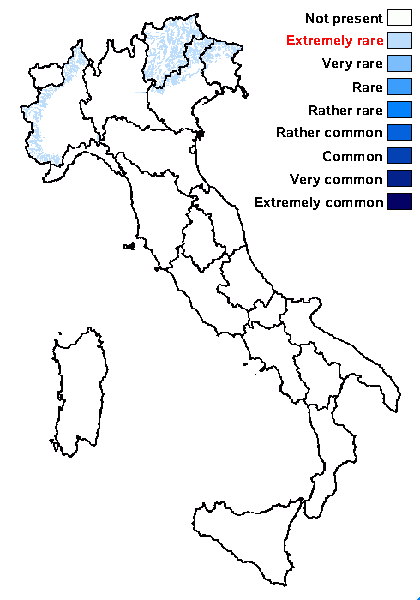
Predictive model
Herbarium samples

Tiiu Tõrra; Owner: Tiiu Tõrra - Institute of Ecology and Earth Sciences, University of Tartu, Estonia
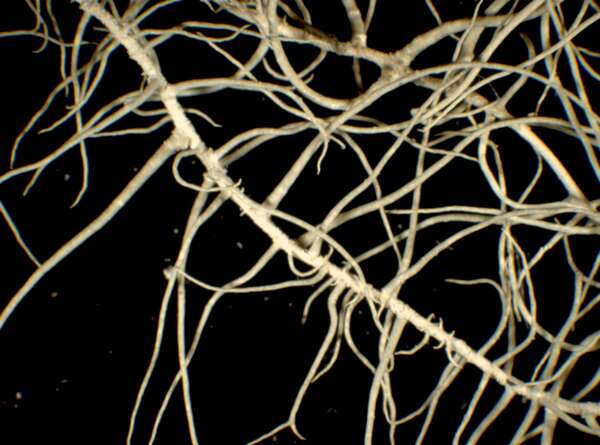

P.L. Nimis; Owner: Department of Life Sciences, University of Trieste
Herbarium: TSB (5317)
2001/12/12


P.L. Nimis; Owner: Department of Life Sciences, University of Trieste
Herbarium: TSB (5317)
2001/12/12
main branch
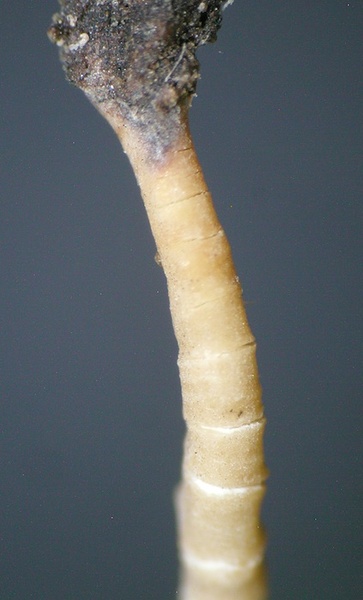
Tiiu Tõrra; Owner: Tiiu Tõrra - Institute of Ecology and Earth Sciences, University of Tartu, Estonia
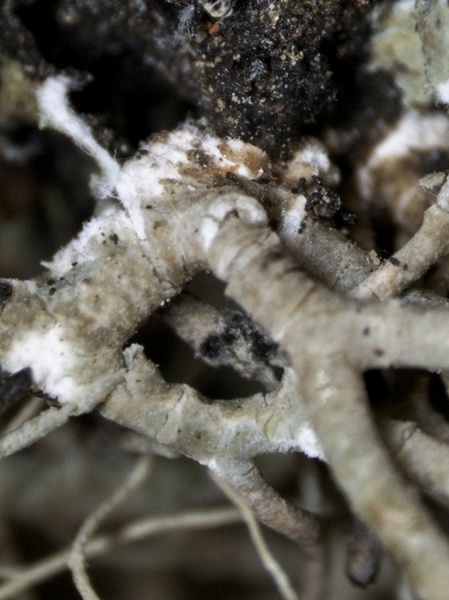
Tiiu Tõrra; Owner: Tiiu Tõrra - Institute of Ecology and Earth Sciences, University of Tartu, Estonia
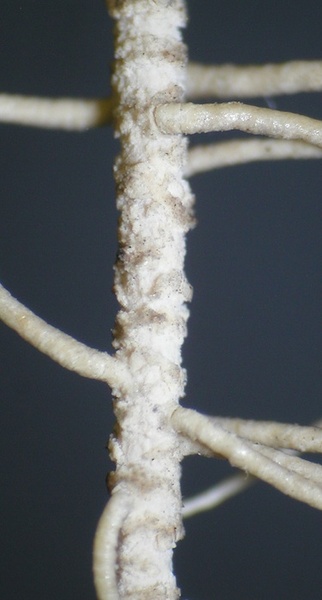
Tiiu Tõrra; Owner: Tiiu Tõrra - Institute of Ecology and Earth Sciences, University of Tartu, Estonia

Tiiu Tõrra; Owner: Tiiu Tõrra - Institute of Ecology and Earth Sciences, University of Tartu, Estonia
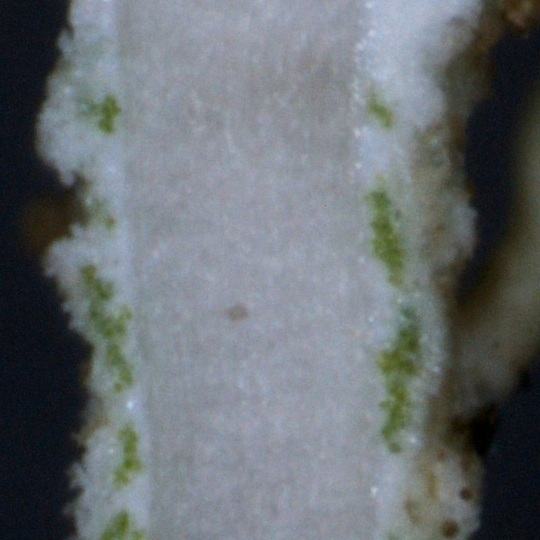
Tiiu Tõrra; Owner: Tiiu Tõrra - Institute of Ecology and Earth Sciences, University of Tartu, Estonia
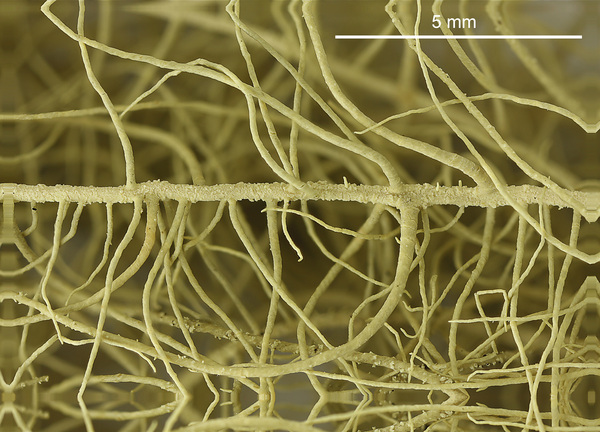

Felix Schumm - CC BY-SA 4.0
[1925], Österreich, Kärnten, Reißeckgebiet, Zandlacher Boden an Nadelbäumen; leg. W. Repetzky 1970.


Felix Schumm - CC BY-SA 4.0
[1925], Österreich, Kärnten, Reißeckgebiet, Zandlacher Boden an Nadelbäumen; leg. W. Repetzky 1970.
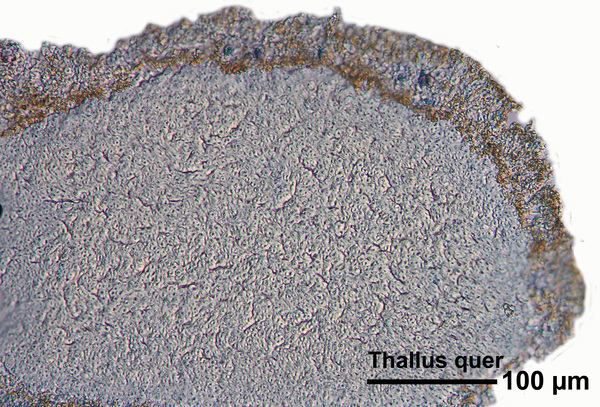

Felix Schumm - CC BY-SA 4.0
[1925], Österreich, Kärnten, Reißeckgebiet, Zandlacher Boden an Nadelbäumen; leg. W. Repetzky 1970.


Felix Schumm - CC BY-SA 4.0
[1925], Österreich, Kärnten, Reißeckgebiet, Zandlacher Boden an Nadelbäumen; leg. W. Repetzky 1970.
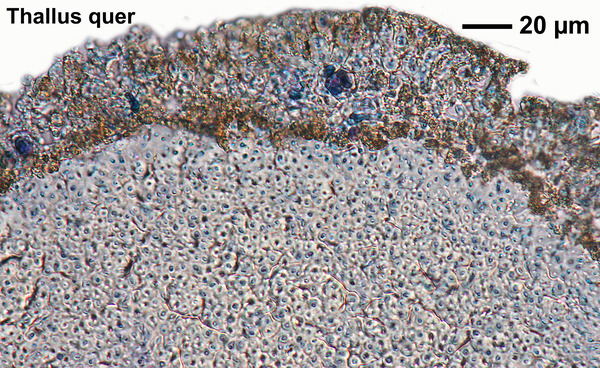

Felix Schumm - CC BY-SA 4.0
[1925], Österreich, Kärnten, Reißeckgebiet, Zandlacher Boden an Nadelbäumen; leg. W. Repetzky 1970.
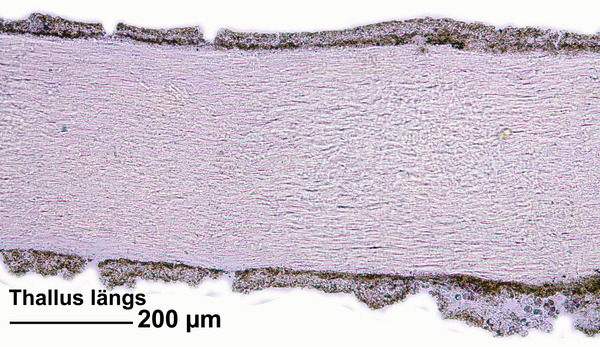

Felix Schumm - CC BY-SA 4.0
[1925], Österreich, Kärnten, Reißeckgebiet, Zandlacher Boden an Nadelbäumen; leg. W. Repetzky 1970.
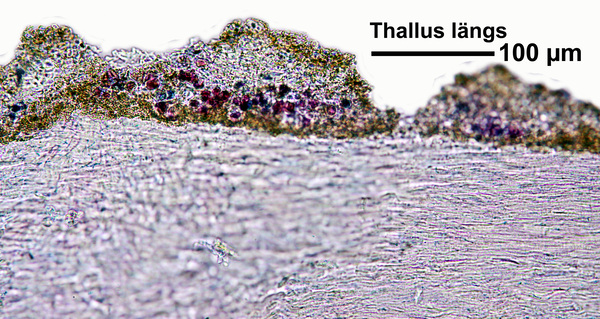

Felix Schumm - CC BY-SA 4.0
[1925], Österreich, Kärnten, Reißeckgebiet, Zandlacher Boden an Nadelbäumen; leg. W. Repetzky 1970.


Felix Schumm - CC BY-SA 4.0
[1925], Österreich, Kärnten, Reißeckgebiet, Zandlacher Boden an Nadelbäumen; leg. W. Repetzky 1970.
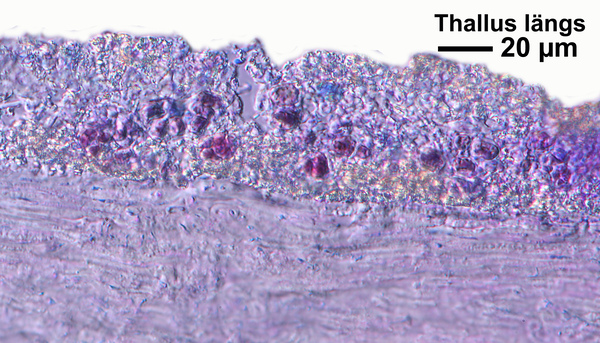

Felix Schumm - CC BY-SA 4.0
[1925], Österreich, Kärnten, Reißeckgebiet, Zandlacher Boden an Nadelbäumen; leg. W. Repetzky 1970.
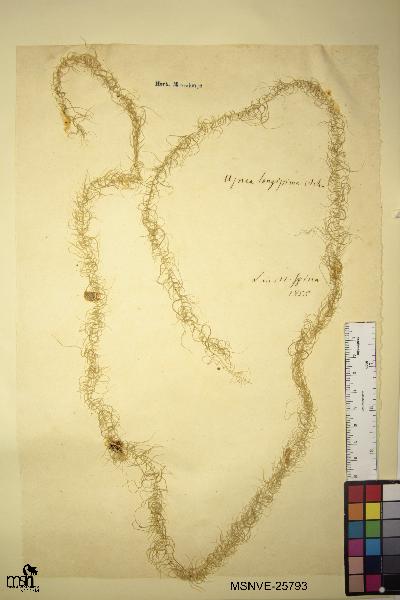
Collezione lichenologica Abramo Massalongo del Museo di Storia Naturale G. Ligabue di Venezia - Autori: Seggi, Linda; Trabucco, Raffaella Proprietà: Fondazione Musei Civici di Venezia - CC BY-NC
Italy, Veneto, in M. Spina 1855
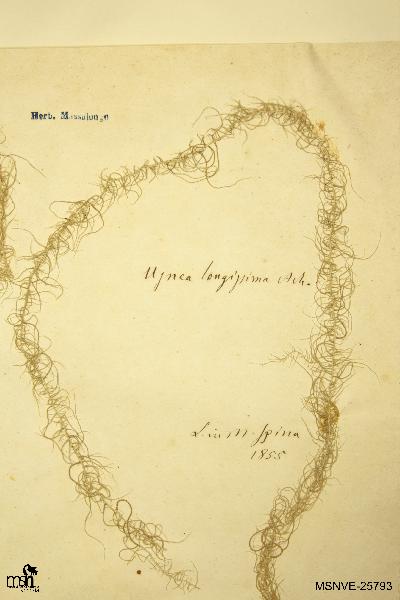
Collezione lichenologica Abramo Massalongo del Museo di Storia Naturale G. Ligabue di Venezia - Autori: Seggi, Linda; Trabucco, Raffaella Proprietà: Fondazione Musei Civici di Venezia - CC BY-NC
Italy, Veneto, in M. Spina 1855
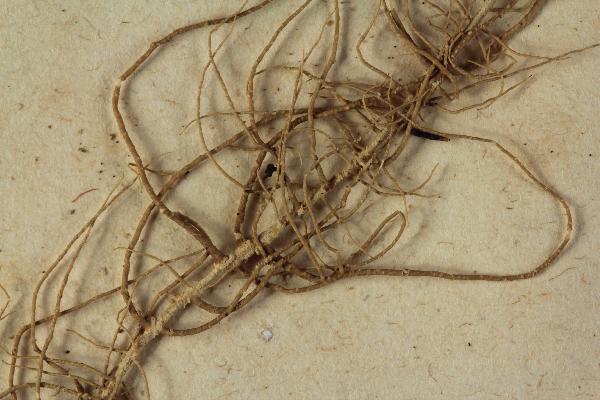
Collezione lichenologica Abramo Massalongo del Museo di Storia Naturale G. Ligabue di Venezia - Autori: Seggi, Linda; Trabucco, Raffaella Proprietà: Fondazione Musei Civici di Venezia - CC BY-NC
Italy, Veneto, in M. Spina 1855

Collezione lichenologica Abramo Massalongo del Museo di Storia Naturale G. Ligabue di Venezia - Autori: Seggi, Linda; Trabucco, Raffaella Proprietà: Fondazione Musei Civici di Venezia - CC BY-NC
Italy, Veneto, in M. Spina 1855

Collezione lichenologica Abramo Massalongo del Museo di Storia Naturale G. Ligabue di Venezia - Autori: Seggi, Linda; Trabucco, Raffaella Proprietà: Fondazione Musei Civici di Venezia - CC BY-NC
Italy, Veneto, in M. Spina 1855

Collezione lichenologica Abramo Massalongo del Museo di Storia Naturale G. Ligabue di Venezia - Autori: Seggi, Linda; Trabucco, Raffaella Proprietà: Fondazione Musei Civici di Venezia - CC BY-NC
Italy, Veneto, in M. Spina 1855
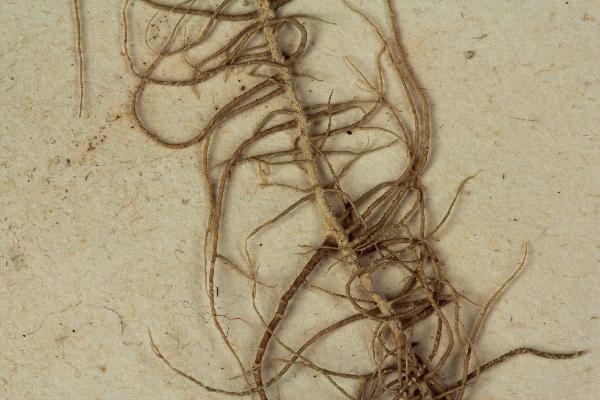
Collezione lichenologica Abramo Massalongo del Museo di Storia Naturale G. Ligabue di Venezia - Autori: Seggi, Linda; Trabucco, Raffaella Proprietà: Fondazione Musei Civici di Venezia - CC BY-NC
Italy, Veneto, in M. Spina 1855
Growth form: Fruticose filamentous
Substrata: bark
Photobiont: green algae other than Trentepohlia
Reproductive strategy: mainly asexual, by thallus fragmentation
Commonnes-rarity: (info)
Alpine belt: absent
Subalpine belt: extremely rare
Oromediterranean belt: absent
Montane belt: extremely rare
Submediterranean belt: absent
Padanian area: absent
Humid submediterranean belt: absent
Humid mediterranean belt: absent
Dry mediterranean belt: absent

Predictive model
| Herbarium samples |

Tiiu Tõrra; Owner: Tiiu Tõrra - Institute of Ecology and Earth Sciences, University of Tartu, Estonia


P.L. Nimis; Owner: Department of Life Sciences, University of Trieste
Herbarium: TSB (5317)
2001/12/12


P.L. Nimis; Owner: Department of Life Sciences, University of Trieste
Herbarium: TSB (5317)
2001/12/12
main branch

Tiiu Tõrra; Owner: Tiiu Tõrra - Institute of Ecology and Earth Sciences, University of Tartu, Estonia

Tiiu Tõrra; Owner: Tiiu Tõrra - Institute of Ecology and Earth Sciences, University of Tartu, Estonia

Tiiu Tõrra; Owner: Tiiu Tõrra - Institute of Ecology and Earth Sciences, University of Tartu, Estonia

Tiiu Tõrra; Owner: Tiiu Tõrra - Institute of Ecology and Earth Sciences, University of Tartu, Estonia

Tiiu Tõrra; Owner: Tiiu Tõrra - Institute of Ecology and Earth Sciences, University of Tartu, Estonia


Felix Schumm - CC BY-SA 4.0
[1925], Österreich, Kärnten, Reißeckgebiet, Zandlacher Boden an Nadelbäumen; leg. W. Repetzky 1970.


Felix Schumm - CC BY-SA 4.0
[1925], Österreich, Kärnten, Reißeckgebiet, Zandlacher Boden an Nadelbäumen; leg. W. Repetzky 1970.


Felix Schumm - CC BY-SA 4.0
[1925], Österreich, Kärnten, Reißeckgebiet, Zandlacher Boden an Nadelbäumen; leg. W. Repetzky 1970.


Felix Schumm - CC BY-SA 4.0
[1925], Österreich, Kärnten, Reißeckgebiet, Zandlacher Boden an Nadelbäumen; leg. W. Repetzky 1970.


Felix Schumm - CC BY-SA 4.0
[1925], Österreich, Kärnten, Reißeckgebiet, Zandlacher Boden an Nadelbäumen; leg. W. Repetzky 1970.


Felix Schumm - CC BY-SA 4.0
[1925], Österreich, Kärnten, Reißeckgebiet, Zandlacher Boden an Nadelbäumen; leg. W. Repetzky 1970.


Felix Schumm - CC BY-SA 4.0
[1925], Österreich, Kärnten, Reißeckgebiet, Zandlacher Boden an Nadelbäumen; leg. W. Repetzky 1970.


Felix Schumm - CC BY-SA 4.0
[1925], Österreich, Kärnten, Reißeckgebiet, Zandlacher Boden an Nadelbäumen; leg. W. Repetzky 1970.


Felix Schumm - CC BY-SA 4.0
[1925], Österreich, Kärnten, Reißeckgebiet, Zandlacher Boden an Nadelbäumen; leg. W. Repetzky 1970.

Collezione lichenologica Abramo Massalongo del Museo di Storia Naturale G. Ligabue di Venezia - Autori: Seggi, Linda; Trabucco, Raffaella Proprietà: Fondazione Musei Civici di Venezia - CC BY-NC
Italy, Veneto, in M. Spina 1855

Collezione lichenologica Abramo Massalongo del Museo di Storia Naturale G. Ligabue di Venezia - Autori: Seggi, Linda; Trabucco, Raffaella Proprietà: Fondazione Musei Civici di Venezia - CC BY-NC
Italy, Veneto, in M. Spina 1855

Collezione lichenologica Abramo Massalongo del Museo di Storia Naturale G. Ligabue di Venezia - Autori: Seggi, Linda; Trabucco, Raffaella Proprietà: Fondazione Musei Civici di Venezia - CC BY-NC
Italy, Veneto, in M. Spina 1855

Collezione lichenologica Abramo Massalongo del Museo di Storia Naturale G. Ligabue di Venezia - Autori: Seggi, Linda; Trabucco, Raffaella Proprietà: Fondazione Musei Civici di Venezia - CC BY-NC
Italy, Veneto, in M. Spina 1855

Collezione lichenologica Abramo Massalongo del Museo di Storia Naturale G. Ligabue di Venezia - Autori: Seggi, Linda; Trabucco, Raffaella Proprietà: Fondazione Musei Civici di Venezia - CC BY-NC
Italy, Veneto, in M. Spina 1855

Collezione lichenologica Abramo Massalongo del Museo di Storia Naturale G. Ligabue di Venezia - Autori: Seggi, Linda; Trabucco, Raffaella Proprietà: Fondazione Musei Civici di Venezia - CC BY-NC
Italy, Veneto, in M. Spina 1855

 INDEX FUNGORUM
INDEX FUNGORUM
 GBIF
GBIF
 DOLICHENS
DOLICHENS
